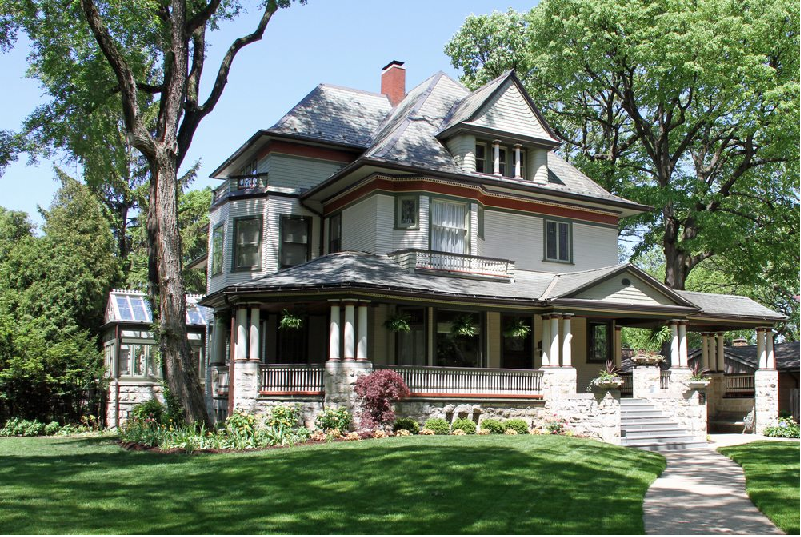
Energy and Money Saving Tips for Older Homes
Old homes possess an everlasting beauty and charm, but, unfortunately, they can be very energy inefficient. This doesn’t only mean more energy waste but spending more money in the long run, too. Luckily, it’s not impossible to boost the energy-efficiency of your old home without losing its lovely nostalgic looks and feel. If anything, the following practices will only make things more enjoyable for the home owners.
Table of Content
Replace the incandescent lights with LEDs
Old homes usually have incandescent lighting. If your goal is to save both money and energy, the first and the easiest step should be to replace these older bulbs with new LED ones. LED lights last longer yet they don’t use up too much electricity. Furthermore, you might want to check out your wiring, especially when it comes to light fixtures and switches, so that you can update this particular aspect of your home with more contemporary solutions that won’t break down as easily. In the same vein, you might want to consider installing motion sensor lighting, especially for the outdoor and porch/deck area. That way, the lights will automatically turn off when they’re unnecessary and minimize energy waste.
Upgrade your toilet, faucet and showerhead
When it comes to plumbing, it’s crucial that you make sure that the whole system is functional and operating properly. If that’s fine, replacing the toilet or Upgrade your toilet, the faucets and the showerhead will definitely make a difference in an old home. In general, older toilets and water fixtures tend to be filled with limescale, which makes them waste more energy and water without providing adequate flow. Furthermore, the flow itself might be the problem if it releases too much water in one go. With new fixtures and toilet, you can save water, thus minimizing the energy waste and saving money at the same time, too.
Boost the insulation of your old home
Old homes tend to be very poorly insulated, which means that the air easily escapes the interior. This can be quite a problem during the winter when you’re trying to keep the warmth inside as well as in the summer, if you’re using an air conditioner to cool the place. There are various wall insulating techniques that you should consider; discuss your options with professionals in the field to find the best solution for your home. Furthermore, floors can be as problematic as walls when insulation is concerned. If you don’t need to replace the flooring per se, you should definitely add more warmth and insulating property with eco-friendly floor rugs. Not only will you boost the insulation, but the added texture will benefit your own well-being at home as well.
Change up your doors and windows
Old houses often have old windows and doors – logical, isn’t it? But, these older doors and windows also tend to be very thin and it’s not uncommon that their fit is not tight enough, which means that breeze can get in easily. That said, replace your old single-pane windows with contemporary double-glazed ones. Also, go with modern door solutions, especially for the entrance door. Nowadays, doors are made to be more durable and sturdier with a tighter fit, which is crucial for home security, but sustainable living as well, since thicker windows and doors will minimize your need to use heaters and air conditioning as extensively.
Consider updating your energy source
The furnace you use may be very old-fashioned, which only leads to wasting more energy (and money) for a mediocre result. If you have a bigger budget, it’s definitely worth considering replacing your old furnace with a newer model that’s more energy-efficient. Of course, you can also look into green energy sources if that seems like something you’d want for your home. In that respect, the installation of solar panels or a geothermal system may be the perfect solution you’re looking for when it comes to your energy source.
Aside from much-needed renovation work that almost every old home requires to become more energy-efficient, it’s also important to establish some energy- and money-saving habits in your household. That said, remember to turn off the taps to prevent water from running uncontrollably when you don’t need it as well as turn off the lights and appliances when you’re not using them.


